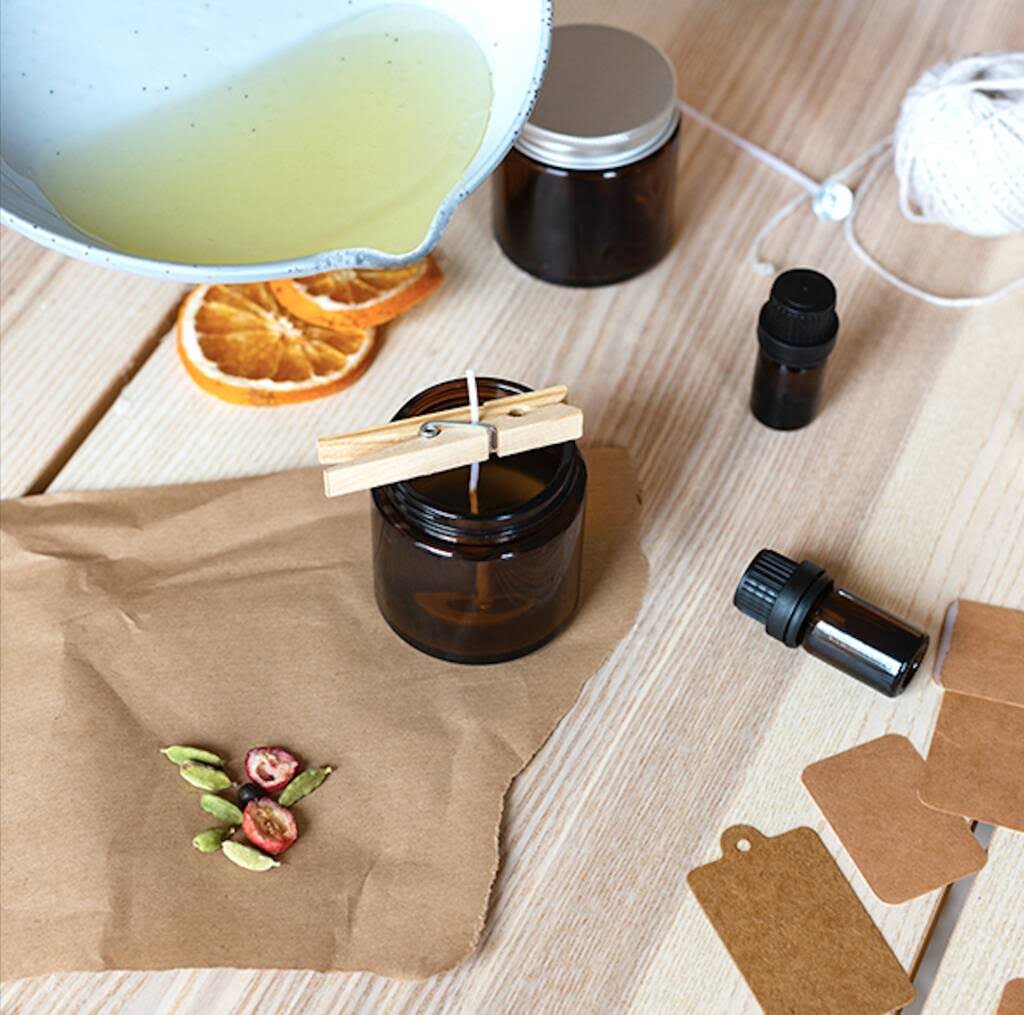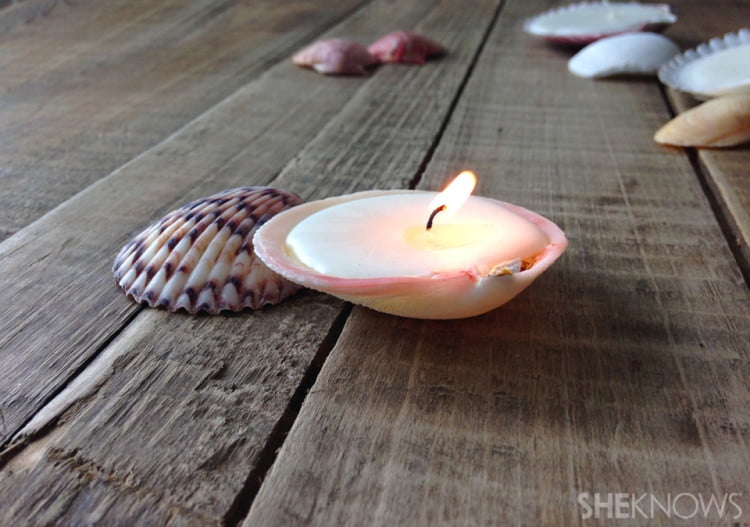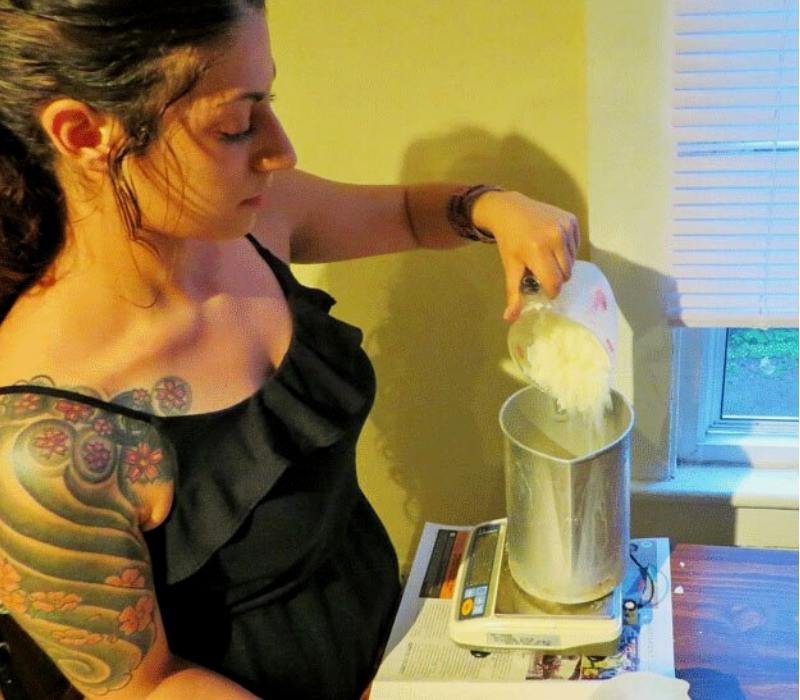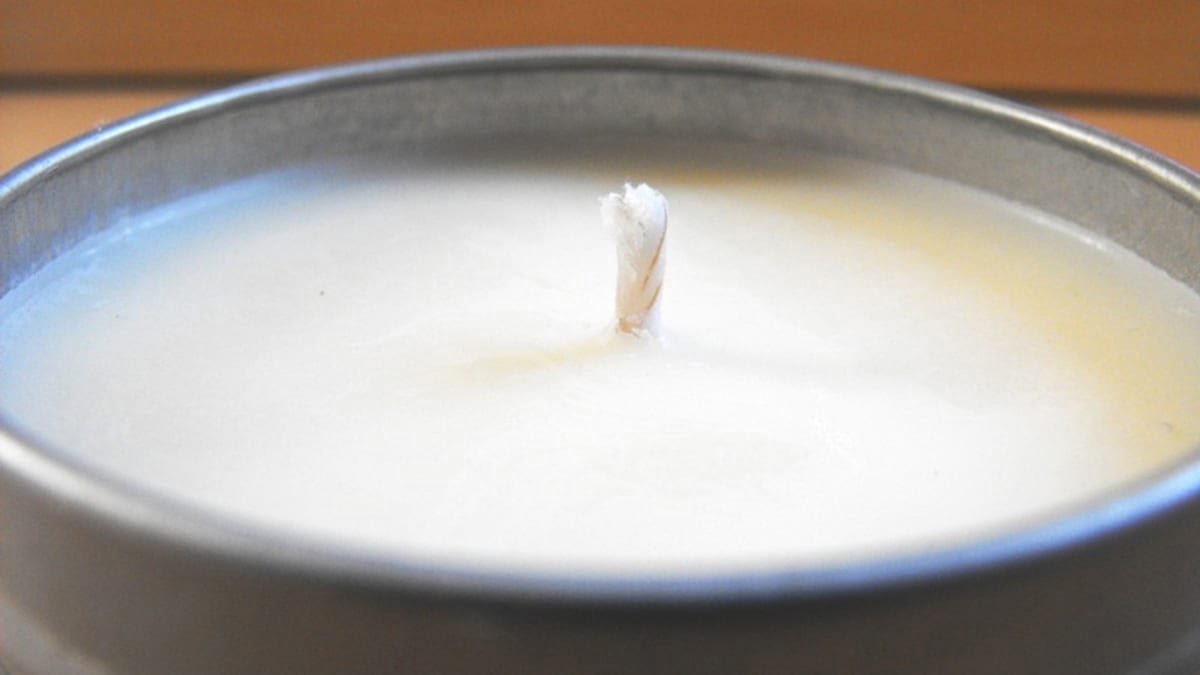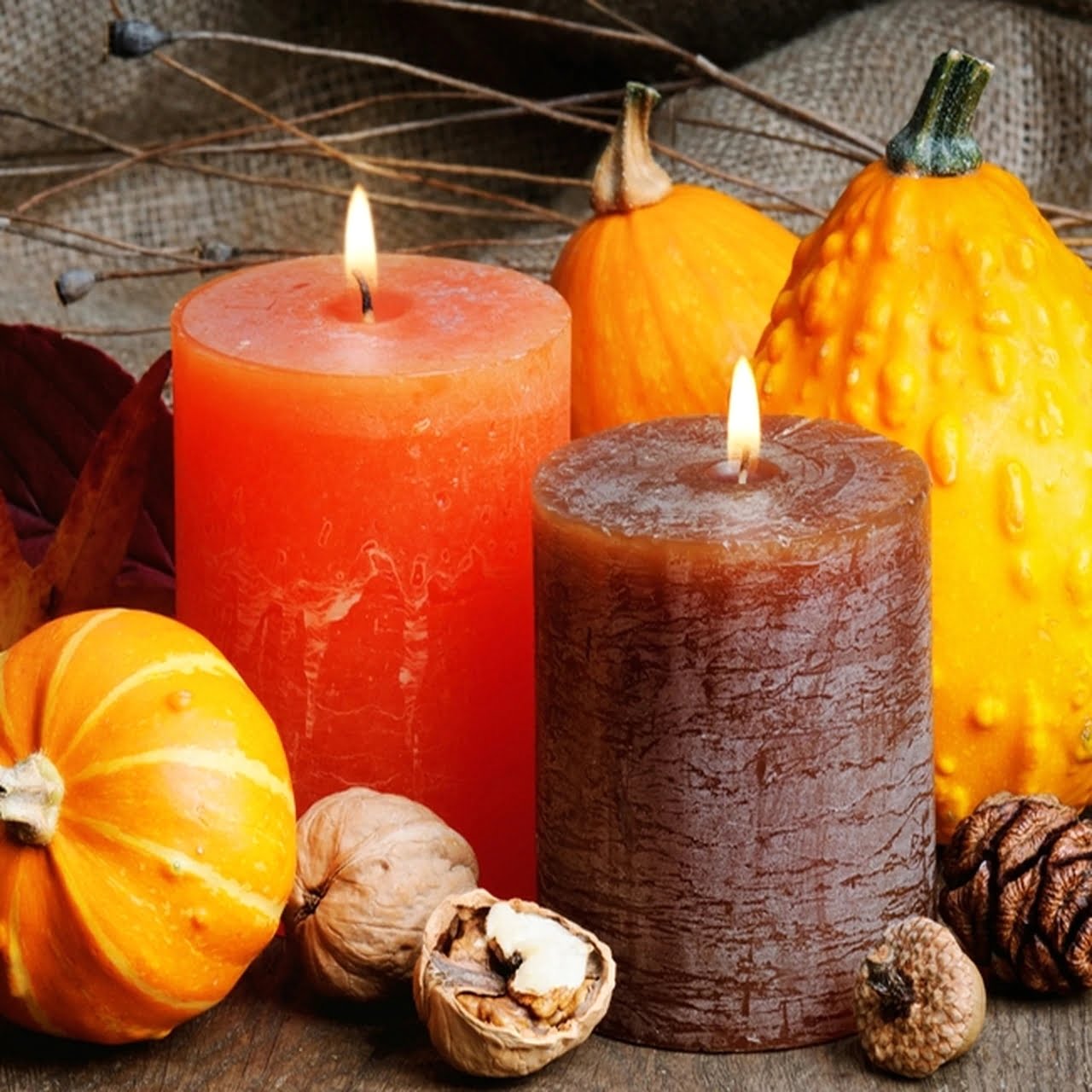Are you wondering how much fragrance oil for candle making? Fragrance oils play a crucial role in the quality of scented candles, determining their strength and longevity. Understanding the importance of fragrance oil in candle making is essential for achieving the desired scent and enhancing the overall candle-making experience.
When it comes to creating homemade candles, the type and amount of fragrance oil used can significantly impact the final product. The science behind fragrance oil and its impact on candle scent is more complex than one might think. From understanding how different oils interact with wax to striking a balance between strength and subtlety, there are various elements to consider when working with fragrance oils in candle making.
Finding the right fragrance oil for your candle making project is not just a matter of personal preference; it also involves considering factors such as the type of wax being used and the intended purpose of the candles. Whether you’re looking to create a relaxing ambiance or a vibrant atmosphere, choosing the appropriate fragrance oil is essential for achieving your desired results.
The Science Behind Fragrance Oil and Its Impact on Candle Scent
When it comes to candle making, the fragrance oil plays a crucial role in determining the overall scent and effectiveness of the final product. The science behind fragrance oil lies in its ability to disperse scent molecules into the air when the candle is lit. These molecules then interact with our olfactory system, creating a specific aroma that can evoke emotions and memories.
Understanding Fragrance Oil Composition
Fragrance oils are typically made up of a blend of natural and synthetic components. These components contribute to the overall strength, longevity, and complexity of the scent. Understanding the composition of fragrance oils can help candle makers make informed decisions about which oils to use based on their desired outcome.
The Impact on Candle Scent
The amount and type of fragrance oil used can significantly impact the final scent of a candle. Different oils have different strengths, so understanding how they will behave in a wax blend is crucial to achieving the desired aroma intensity. Factors such as flashpoint, viscosity, and evaporation rate all play a role in how an oil will perform in a candle.
By understanding the science behind fragrance oil and its impact on candle scent, candle makers can make informed decisions about which oils to use and how much to add for optimal results. Experimenting with different combinations and considering factors such as composition and impact on scent can lead to unique and captivating aromas in your finished candles.
Finding the Right Fragrance Oil for Your Candle Making Project
When it comes to finding the right fragrance oil for your candle making project, there are a few key factors to consider. First and foremost, you’ll want to think about the type of scent you’re looking to achieve. Are you aiming for something floral and delicate, or perhaps warm and cozy? Understanding the desired end result will help guide you in selecting the appropriate fragrance oil.
Another important consideration when choosing fragrance oils for your candles is the quality of the oil itself. High-quality fragrance oils will not only produce a more potent and long-lasting scent, but they will also burn cleaner, resulting in a better overall candle-making experience. It’s worth doing some research and investing in reputable suppliers to ensure that you’re getting the best possible product for your project.
In addition to considering the type and quality of fragrance oil, it’s also important to think about how much fragrance oil for candle making is needed. The amount of fragrance oil you should use can vary depending on several factors, including the type of wax you’re using, the size of the candle, and personal preference. Finding the right balance is key to creating a well-scented candle that isn’t overpowering.
Measurement and Proportion Guidelines for Adding Fragrance Oil
When making candles, adding fragrance oil is a crucial step in creating the right scent for your product. The amount of fragrance oil you use can significantly impact the final aroma of the candle, so it’s essential to understand the proper measurement and proportion guidelines for adding fragrance oil.
Understanding Dilution Rate
One of the most critical aspects of adding fragrance oil to candle wax is understanding the dilution rate. This refers to the percentage of fragrance oil that should be added to the wax to achieve the desired scent strength. The typical dilution rate for fragrance oils in candle making ranges from 6% to 12%, depending on the type and strength of the scent you’re using.
Calculating Fragrance Oil Amount
To determine how much fragrance oil to add to your candle wax, you’ll need to calculate it based on the total weight of the wax. For example, if you’re using 1 pound of wax and want a 6% dilution rate, you would multiply 1 pound by 0.06 (or 6%) to find that you should add 0.06 pounds (or approximately 1 ounce) of fragrance oil.
Consideration for Different Types of Wax
Different types of wax can absorb and hold fragrance oils differently, so it’s essential to consider this when determining how much fragrance oil to use. Soy wax, for example, typically requires more fragrance oil than paraffin wax due to its porous nature. Be sure to consult with your wax supplier or conduct tests with small batches to find the ideal ratio for your specific type of wax.
By following these measurement and proportion guidelines, you can ensure that your candles have just the right amount of fragrance oil for a delightful scent experience.
Factors to Consider When Determining How Much Fragrance Oil to Use
When determining how much fragrance oil to use in your candle making, it’s important to consider several factors that can affect the strength and longevity of the scent. One crucial factor is the type of wax you are using for your candles. Different waxes have different absorption rates, so you’ll need to adjust the amount of fragrance oil accordingly. For example, soy wax generally requires a higher percentage of fragrance oil compared to paraffin wax.
Another factor to consider is the size and type of candle you are making. Larger candles will naturally require more fragrance oil to achieve a noticeable scent throw, while smaller candles will need less. Additionally, container candles may require a different amount of fragrance oil compared to pillar or votive candles due to differences in surface area and wax volume.
The recommended usage rate for fragrance oils in candle making typically ranges from 6% to 12%, depending on the specific scent and desired strength. However, it’s always advisable to refer to the guidelines provided by your fragrance oil supplier for the most accurate measurements.
Keep in mind that using too much fragrance oil can result in poor quality candles, while using too little may lead to a lackluster scent throw. It’s essential to find the right balance for each individual candle you make, taking into account all relevant factors.
| Factor | Consideration |
|---|---|
| Wax type | The absorption rate varies between different types of wax, such as soy wax and paraffin wax. |
| Candle size and type | Larger candles require more fragrance oil than smaller ones, and container candles may differ from pillar or votive candles. |
| Recommended usage rate | The typical range is between 6% – 12%, but it’s essential to follow guidelines from your supplier for accuracy. |
Common Mistakes to Avoid When Measuring and Adding Fragrance Oil
When it comes to adding fragrance oil to your candle making project, it’s important to avoid some common mistakes that can affect the quality and scent of your candles. Here are some key mistakes to avoid:
1. Over-measuring the fragrance oil: Adding too much fragrance oil to your candle wax can result in a candle that is overly potent and may even cause irritation when burned. It’s important to carefully measure the amount of fragrance oil you add to your wax to ensure a balanced and pleasant scent.
2. Under-measuring the fragrance oil: On the other hand, adding too little fragrance oil can result in a weak or virtually non-existent scent when the candle is burned. Be sure to follow guidelines and recommendations for the correct amount of fragrance oil based on the amount of wax you are using.
3. Ignoring the flashpoint of the fragrance oil: The flashpoint of a fragrance oil is the temperature at which it will ignite if exposed to an open flame. It’s crucial to consider this factor when adding fragrance oil, especially if you plan on selling your candles commercially. Always research and understand the flashpoint of any fragrance oils you use in order to ensure safety.
By avoiding these common mistakes, you can ensure that your candles have a balanced and pleasant scent without compromising safety or quality.
Experimenting With Different Fragrance Oil Combinations
When it comes to creating unique and captivating scents for your candles, experimenting with different fragrance oil combinations can be a fun and rewarding process. By carefully selecting and blending various fragrance oils, you have the opportunity to create one-of-a-kind scents that set your candles apart from the rest. Here are some tips for exploring different fragrance oil combinations for your candle making projects:
1. Start with a Base Scent: Begin by selecting a base scent that will serve as the foundation for your fragrance combination. This could be a single-note fragrance oil such as lavender or vanilla, or a more complex scent like sandalwood or amber. The key is to choose a base scent that you love and that pairs well with other fragrances.
2. Consider Scent Families: When experimenting with fragrance oil combinations, it can be helpful to consider scent families. For example, floral scents such as rose, jasmine, and lily of the valley often complement each other, while citrus scents like lemon, orange, and grapefruit can create a fresh and invigorating blend.
3. Keep Detailed Records: As you mix and match different fragrance oils, be sure to keep detailed records of the combinations you try and the proportions of each oil used. This will allow you to replicate successful blends in the future and avoid any guesswork when it comes to recreating your favorite scents.
By taking the time to experiment with different fragrance oil combinations, you can unleash your creativity and develop signature scents that elevate your candle-making projects to new heights. Whether you’re aiming for a soothing spa-like aroma or an energizing citrus blend, the possibilities are endless when it comes to combining fragrance oils for candle making.
Enhancing the Aroma
When it comes to candle making, the fragrance oil used plays a significant role in determining the overall quality of the final product. In order to enhance the aroma of your candles and maximize the effectiveness of fragrance oil, there are a few key tips to keep in mind.
One important factor to consider is the type of wax being used. Different waxes have different absorption rates, so it’s essential to choose a fragrance oil that is compatible with the specific type of wax being used for your candles.
Another tip for maximizing the effectiveness of fragrance oil in candle making is to carefully consider the concentration or strength of the scent. The ideal concentration will depend on personal preference as well as the size and intended use of the candle. If you’re making candles for personal use in a small space, you may want a stronger scent concentration, while larger candles or those meant for sale might benefit from a more subtle aroma.
Additionally, it’s important to take into account the curing time required for fragrance oils to fully combine with the wax and reach their optimal scent profile. Rushing this process can result in an inconsistent or weak scent throw, so be patient and allow your candles to cure for at least 24-48 hours before testing their aroma.
By following these tips and taking into consideration how much fragrance oil for candle making is needed, you can ensure that your candles are filled with a delightful and long-lasting scent.
The Impact of Quality Fragrance Oils on the Overall Candle-Making Experience
In conclusion, the impact of quality fragrance oils on the overall candle-making experience cannot be overstated. As discussed in this article, fragrance oils play a crucial role in determining the final scent of your candles. Understanding the science behind fragrance oils and their interaction with other candle-making ingredients is essential for achieving the desired aroma.
When determining how much fragrance oil to use in your candle-making project, it is important to consider several factors such as the type of wax being used, the size of the candle, and personal preference for scent strength. By following measurement and proportion guidelines and avoiding common mistakes when adding fragrance oil, you can ensure a consistently high-quality result.
Additionally, experimenting with different fragrance oil combinations can lead to unique and captivating scents that set your candles apart. To maximize the effectiveness of fragrance oils, consider incorporating tips such as proper mixing techniques and allowing sufficient time for the scent to cure.
Ultimately, investing in quality fragrance oils will elevate your candle-making experience by providing long-lasting and appealing scents. Whether you are creating candles for personal use or for sale, selecting the right fragrance oil is a critical decision that directly impacts the final product’s success. With careful consideration and experimentation, you can create candles that not only look beautiful but also fill any space with an enchanting aroma.
Frequently Asked Questions
What Is the Ratio of Fragrance Oil to Candles?
The ratio of fragrance oil to candles can vary depending on the type of wax, the quality of the fragrance oil, and personal preference. A common ratio is about 1 oz of fragrance oil for every 1 lb of wax, but some may choose to use more or less depending on their desired scent strength.
How Do You Calculate Fragrance Oil for Candles?
Calculating fragrance oil for candles involves considering the amount of wax being used and the recommended usage rate provided by the fragrance oil supplier. Generally, it’s a good practice to start with a small percentage (usually around 6-10%) of the total wax weight, and then adjust based on personal preference and scent strength.
Can You Add Too Much Fragrance Oil to Candles?
Yes, it is possible to add too much fragrance oil to candles. Overloading a candle with fragrance oil can lead to issues like poor burn performance, smoking, and even potential safety hazards. It’s important to follow recommended usage rates from fragrance oil suppliers and perform testing to ensure that the scent is pleasant without being overpowering.

Welcome to my candle making blog! In this blog, I will be sharing my tips and tricks for making candles. I will also be sharing some of my favorite recipes.

